Before you head back, don’t leave Bruges too quickly—it has welcomed you with open arms, after all.
In a city as rich in history and culture as Bruges, you’ll come across plenty of museums. One must-see is the Groeningemuseum, home to one of the world’s biggest collections of Flemish Primitive paintings, spanning six centuries of
Belgian and Dutch art. There’s certainly a lot to see!
Always more to see…
For something a bit more interactive, the Historium offers an immersive virtual experience, plunging you into the vibrant life of Bruges during its Golden Age. If you’re curious about one of Belgium’s most beloved traditions don’t miss the Beer Museum, officially recognised by UNESCO as Intangible Cultural Heritage!
To the promenade! (The Kruisvest)
Just 15 minutes from the city centre, easily reached on foot or by bike, the Kruisvest promenade offers a peaceful escape. Lined with tall poplars, this scenic path takes you past the last four remaining windmills of Bruges—a perfect spot for photos and a touch of nostalgia.
Damme
If you have a little extra time, make your way to the charming town of Damme, only 6 kilometres from Bruges, full of windmills, canals, and a postcard-perfect Flemish countryside. You can even cycle there along the canal.
The Belgian coast
While Belgium isn’t always associated with beaches, the coast has its own hidden gems. For example, the seaside towns of Ostend or Knokke-Heist are ideal for a seaside escape.
Château de Loppem
For those drawn to castles and romantic architecture, don’t miss Château de Loppem. Set within a peaceful, wooded park, this beautifully preserved 19th-century manor offers a glimpse into the lifestyle of the Flemish bourgeoisie. Inside, you’ll also find an impressive art collection spanning from the Middle Ages to the early 20th century.
Gand
If you want to explore even more, Ghent is just 30 minutes away by train. This historic city is packed with medieval charm, museums, and vibrant local life. Good news—we’ve even created a dedicated audio tour so you can explore it all at your own pace!
The Polders
Les amoureux de la nature, les Polders sont faits pour vous ! Si vous ne connaissez pas ce terme plus commun en Flandres et aux Pays-Bas qu’en France, sachez que ce sont des terres récupérées sur des zones maritimes ou marécageuses et protégées par des digues. Très utiles pour contrôler le niveau de l’eau et pour l’agriculture, ils forment également des écosystèmes uniques, servant de refuge à la faune et la flore locale. Vous pouvez les découvrir très facilement en randonnée ou à vélo depuis le centre de Bruges. Il existe notamment la “Route des Polders”, un itinéraire cyclable traversant plusieurs de ces paysages typiques autour de Bruges.
For nature lovers, the polders await. These are areas of low-lying land reclaimed from the sea or marshes and protected by dikes. Not only are they essential for water management and agriculture, but they also form unique ecosystems that shelter local wildlife. You can get there from the centre of Bruges either by hiking or cycling. The beautiful “Polder Route” is a cycle path that winds through these peaceful, open landscapes, starting right from Bruges.
Inside the fortified enclosure, the castle church was built to the north and dedicated to Mary and Saint Donatian. A chapter of canons was later established there. The fortification served two distinct purposes: the southern half was used for civil functions, while the northern half was reserved for ecclesiastical activities.
When Bruges became a diocese in 1559, the Church of Saint Donatian was elevated to the rank of cathedral. After its demolition in 1799, the square’s surface area nearly doubled, reaching around 1.1 hectares—making it even larger than the Grand-Place. Yet it still retains two clearly distinct sections, connected to one another.
A part of the foundations of the former Saint Donatian’s Cathedral can still be seen today in the cellars of the Crowne Plaza Hotel.

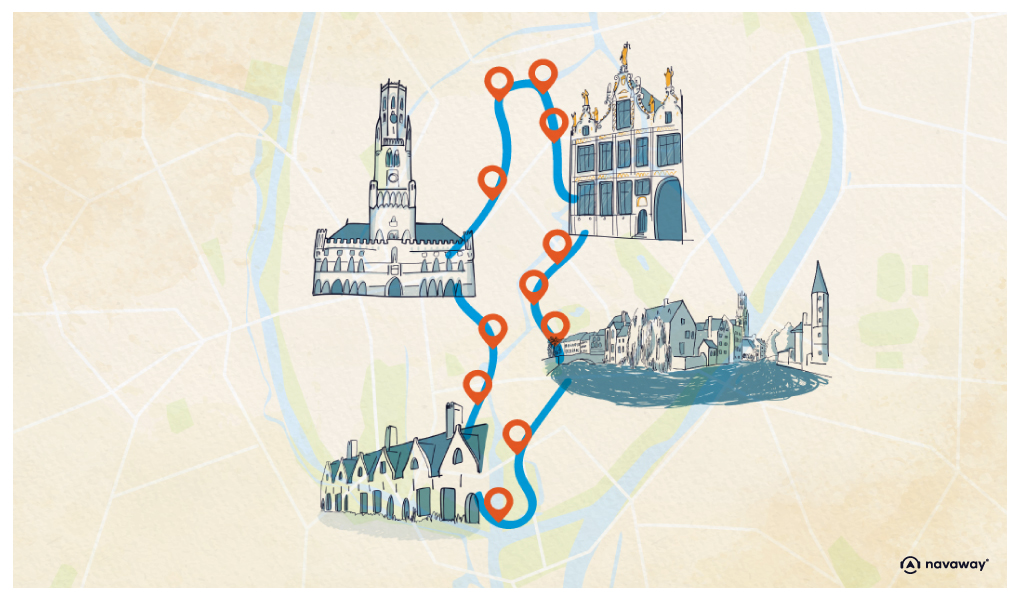

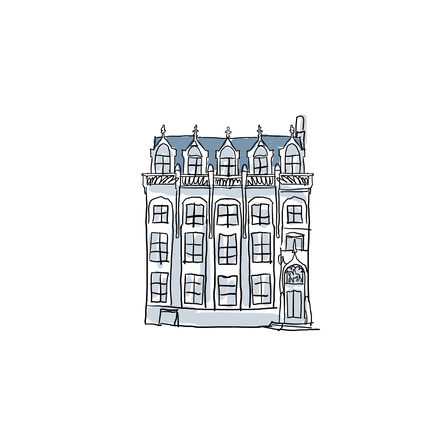

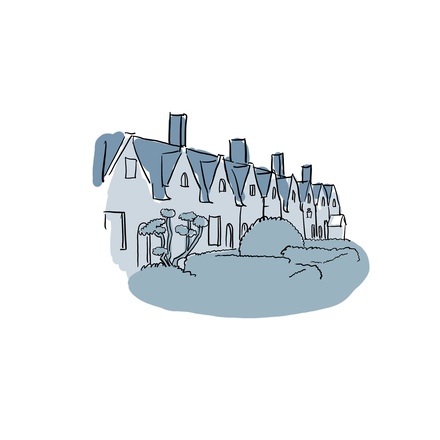



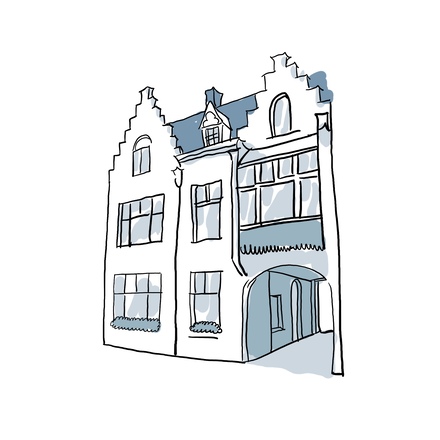
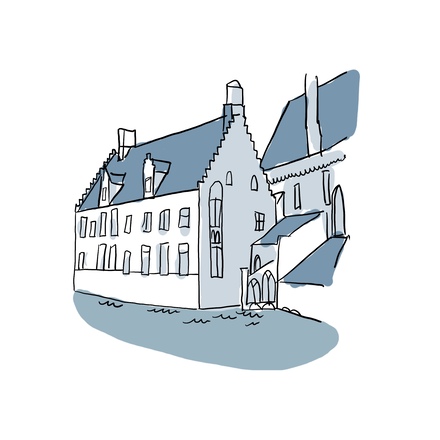
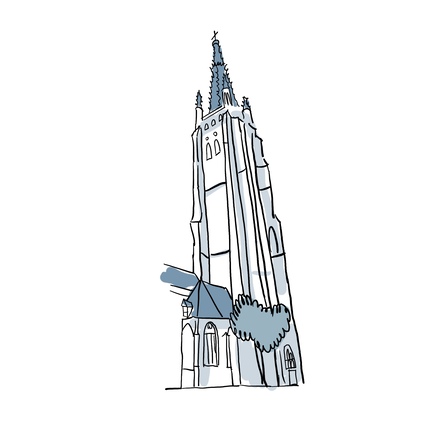

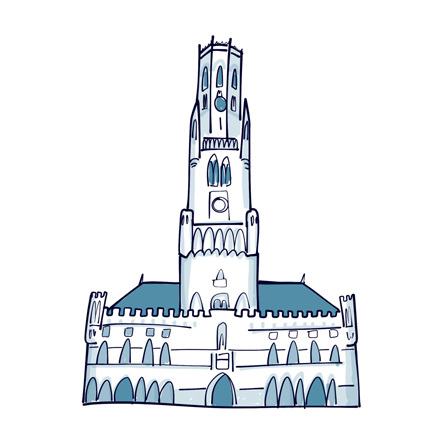

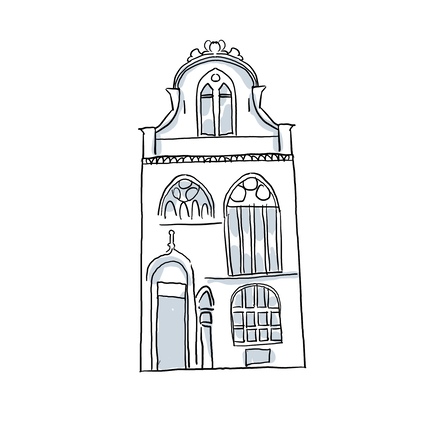
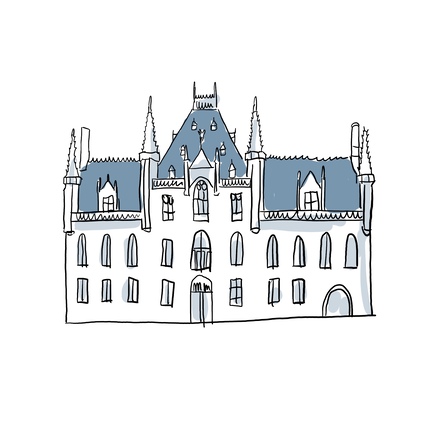
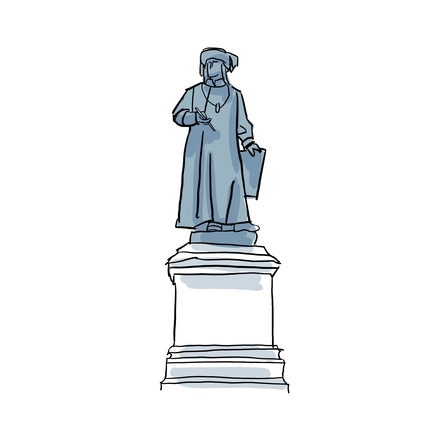
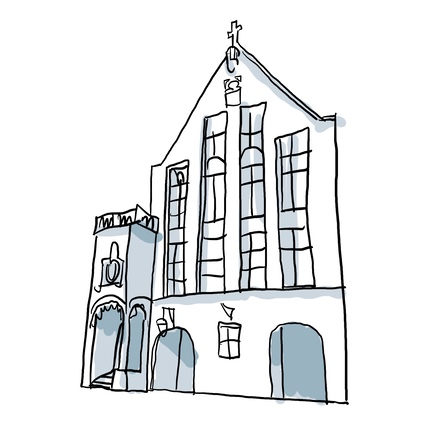
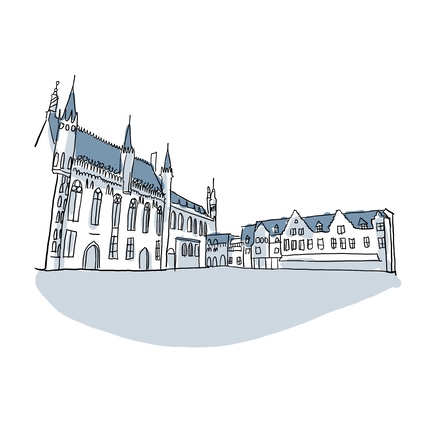

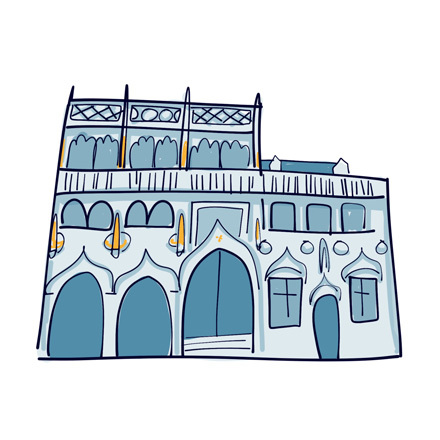
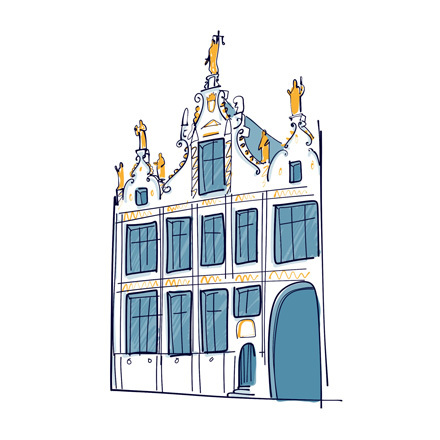


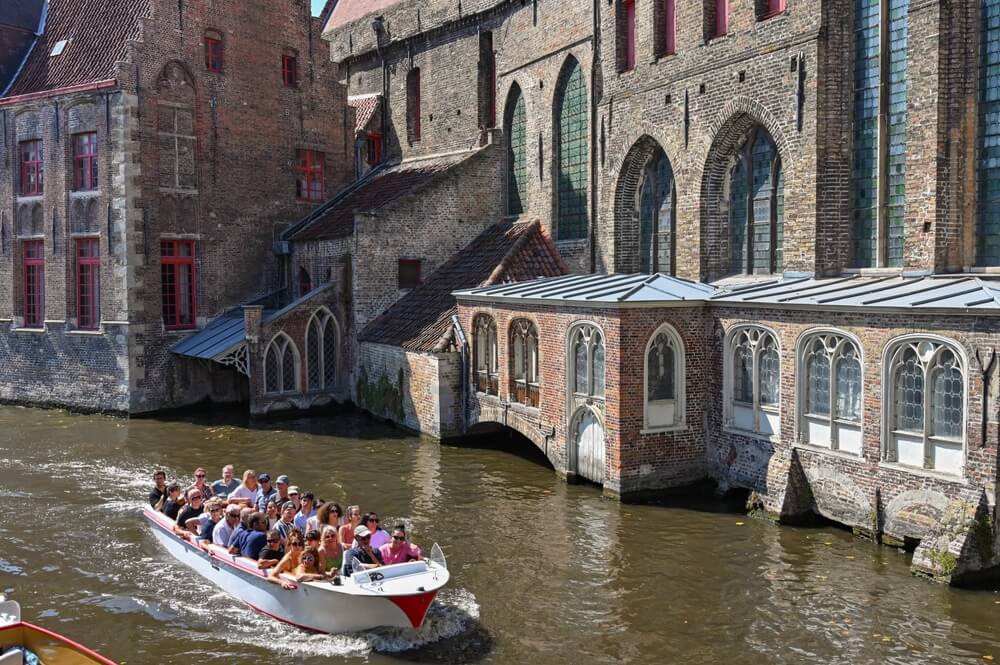
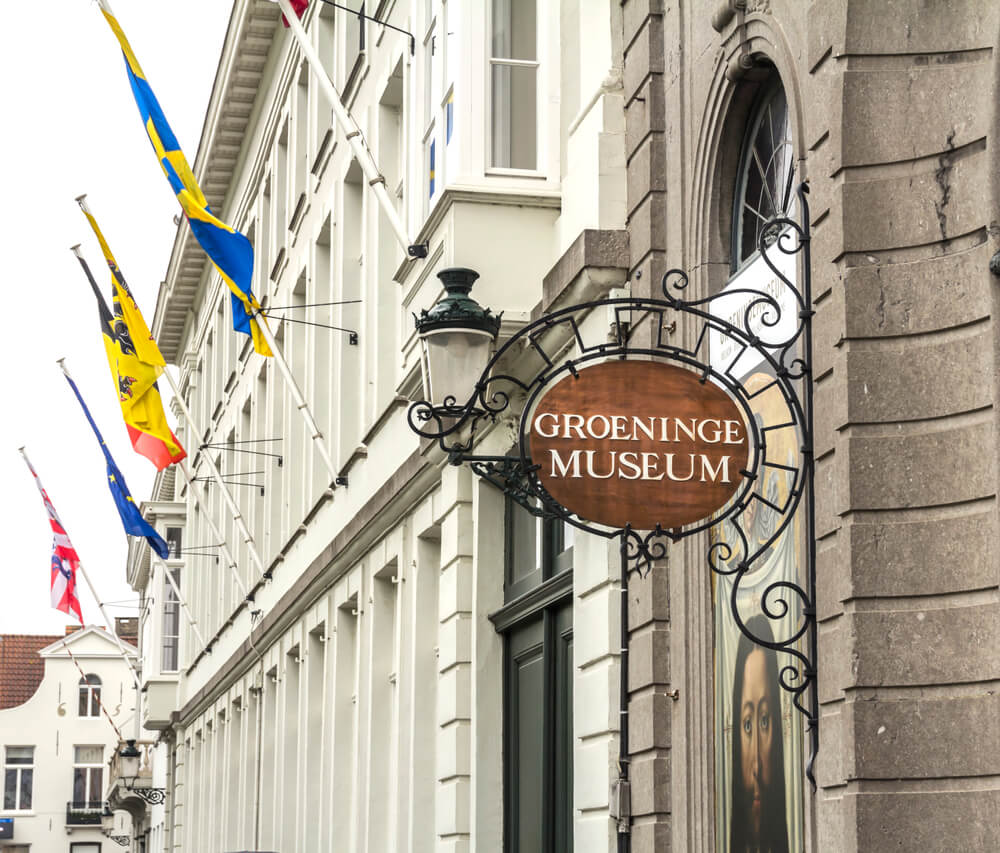
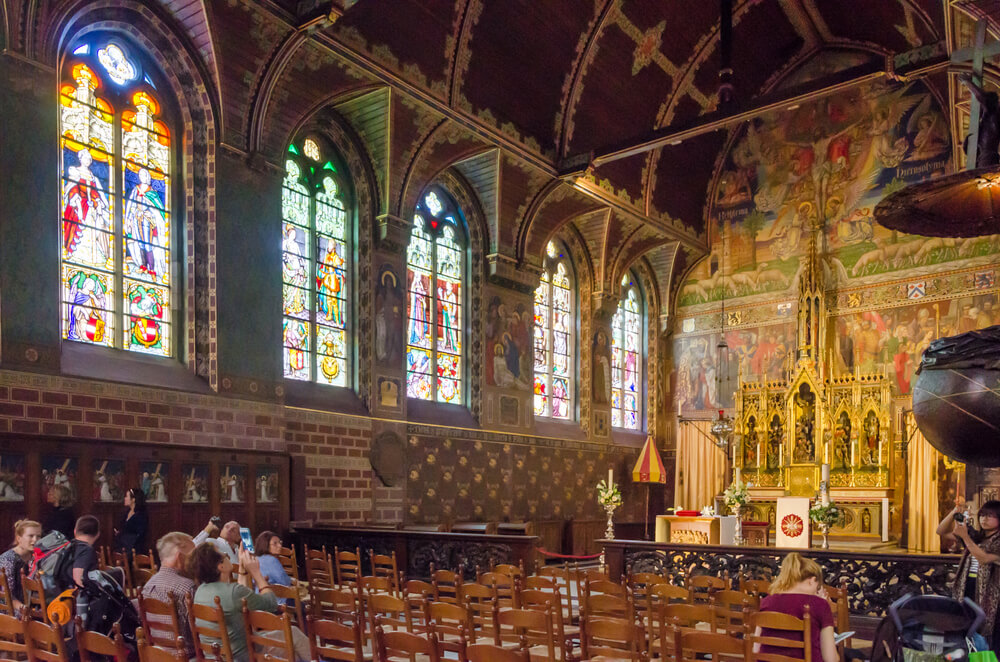
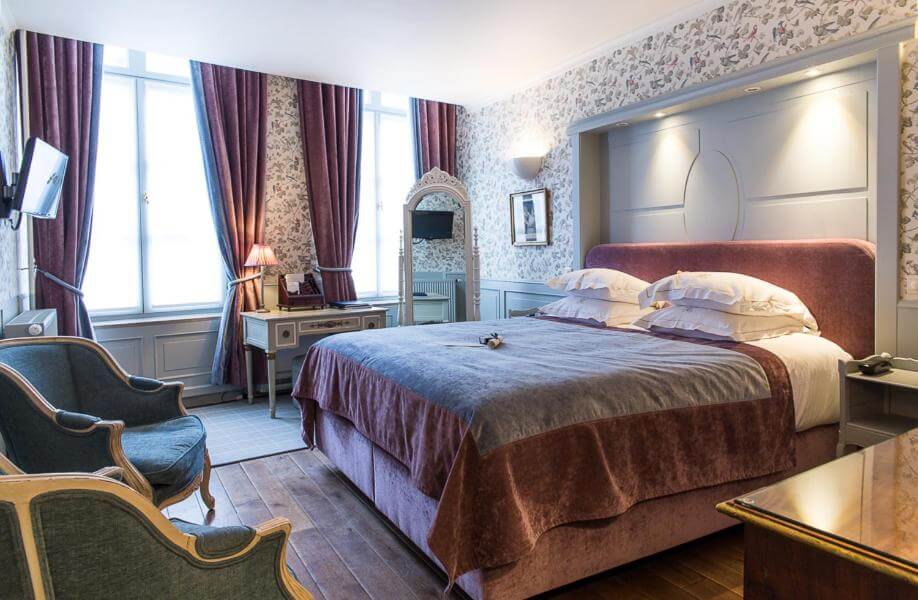
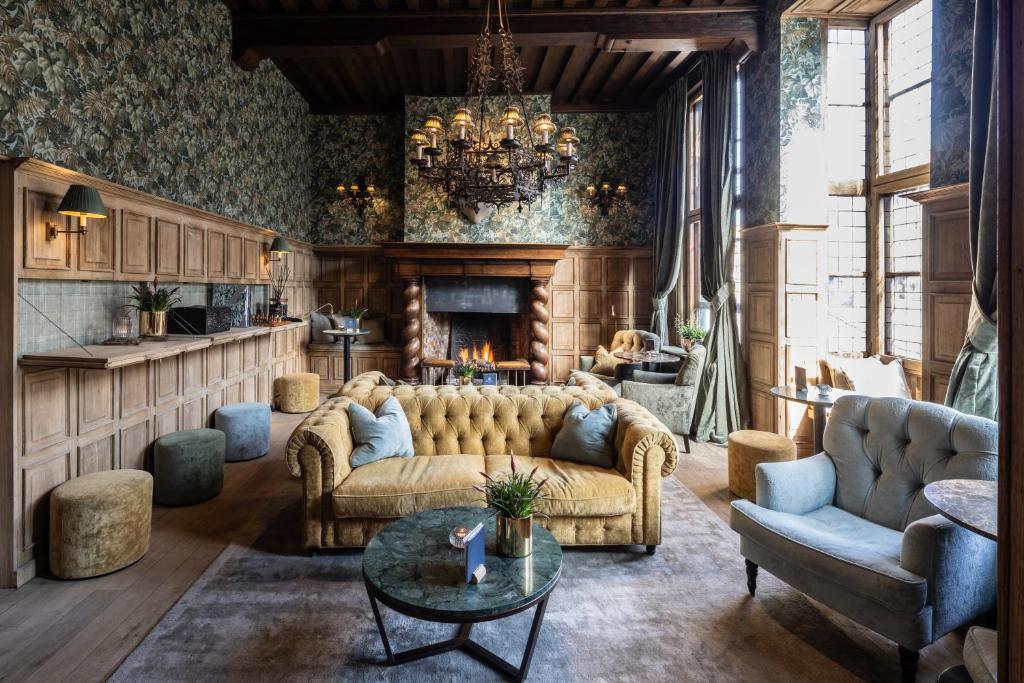
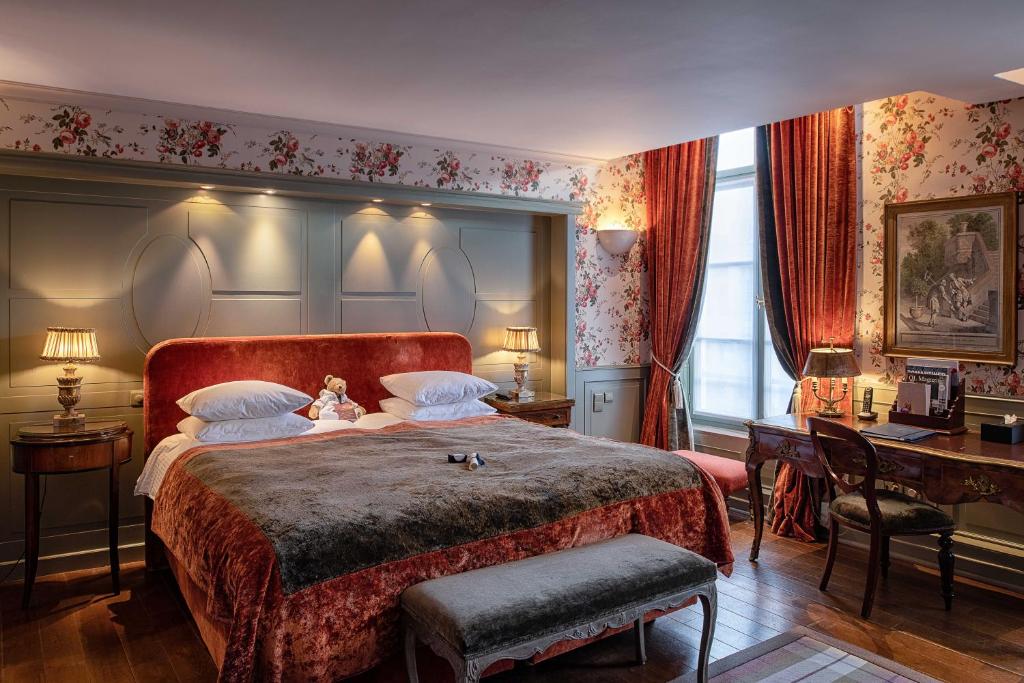
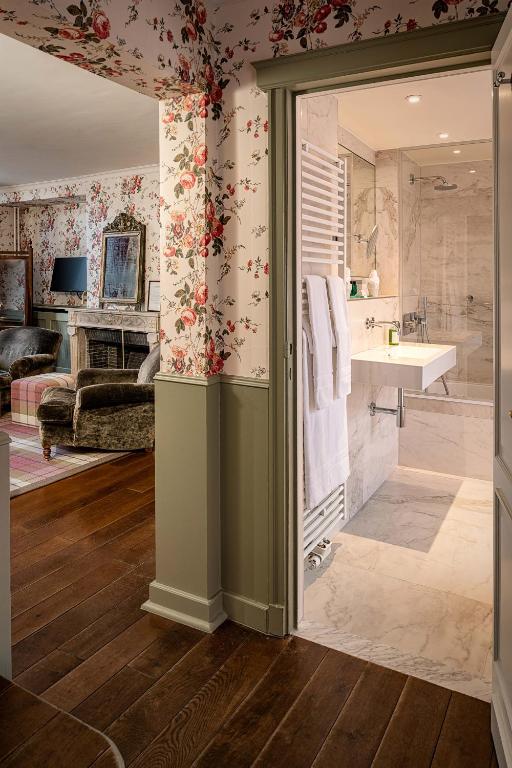

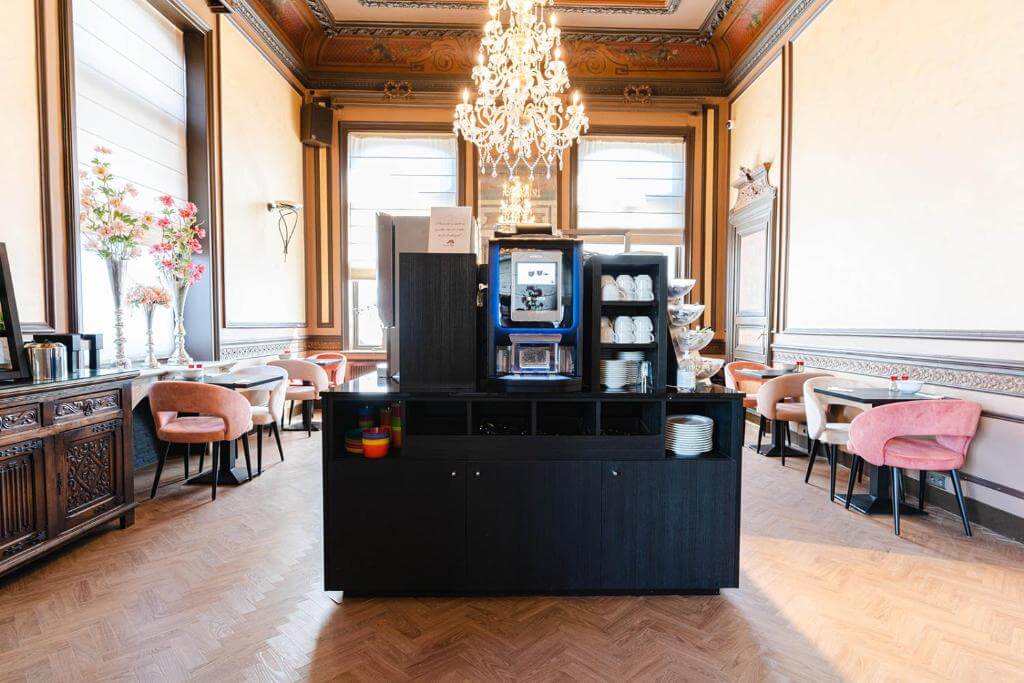
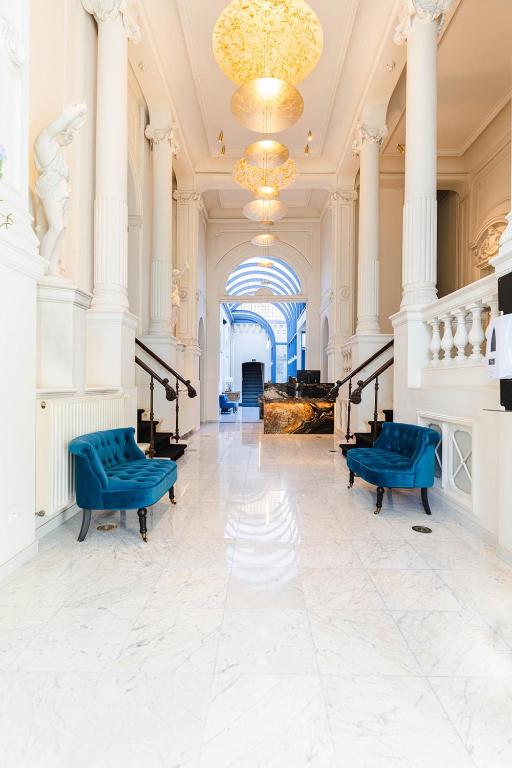

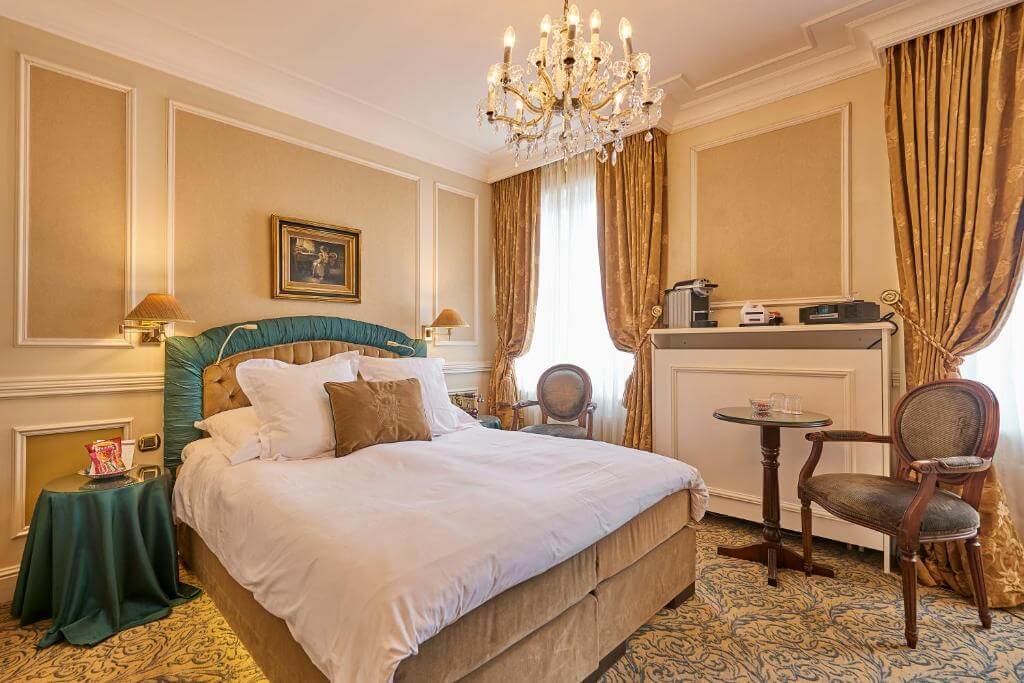
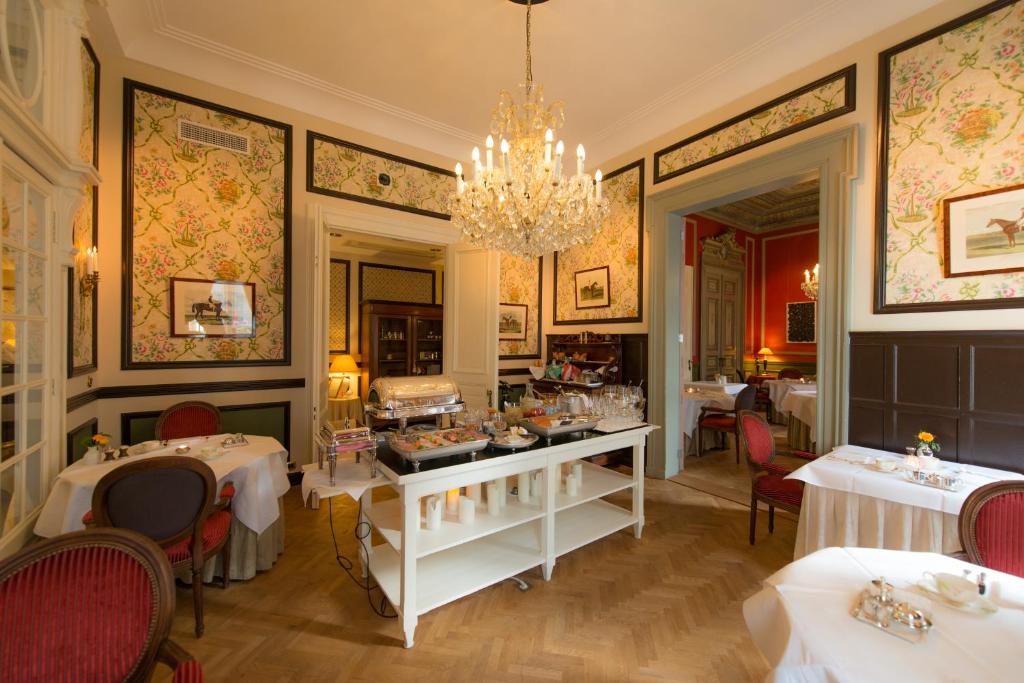

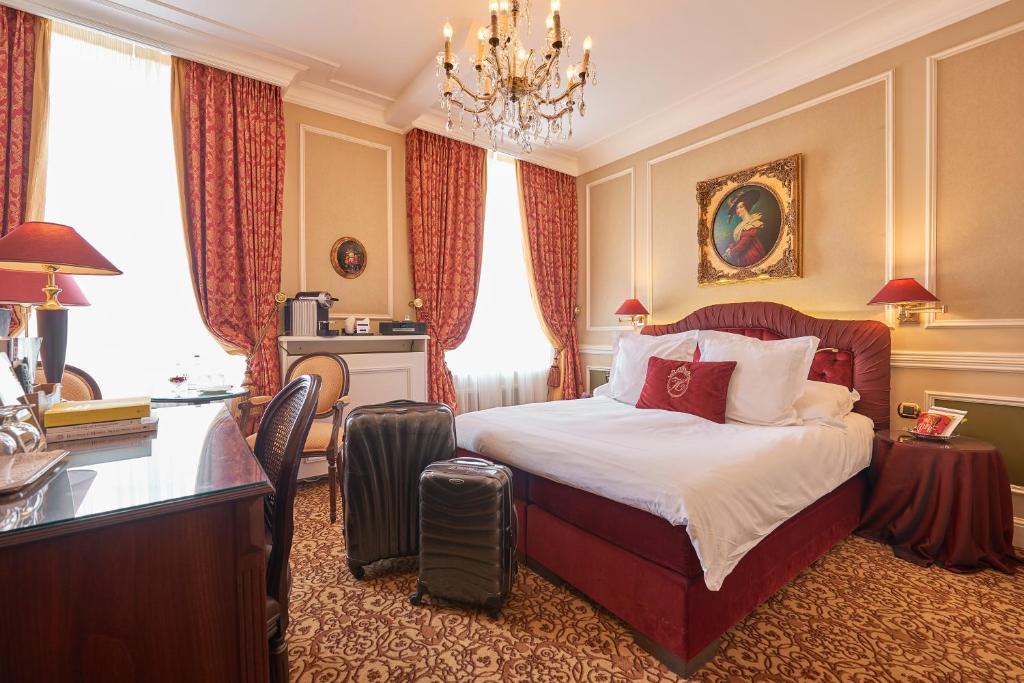
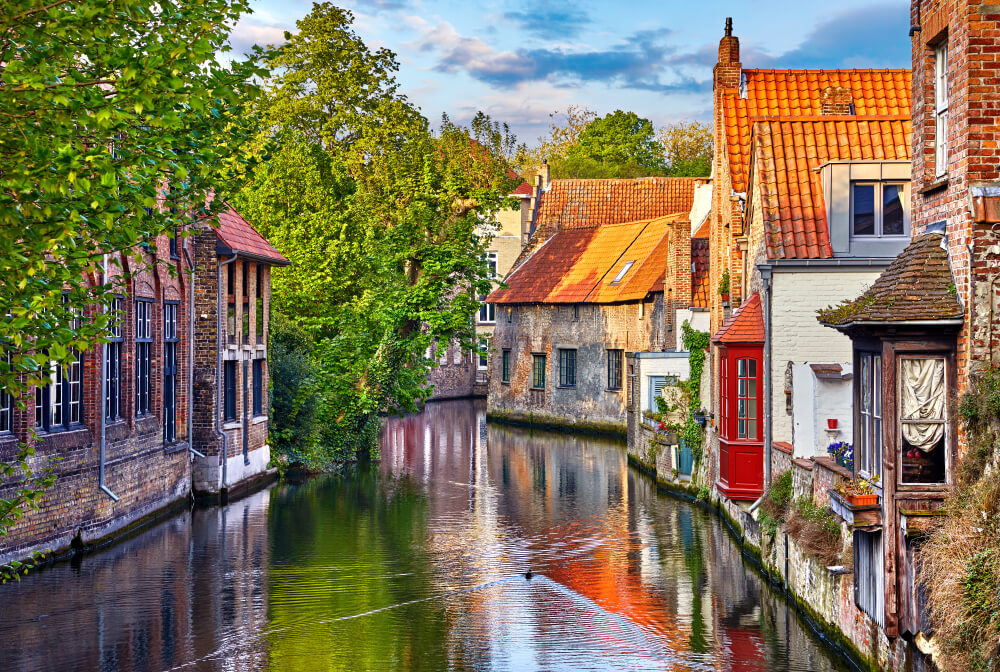

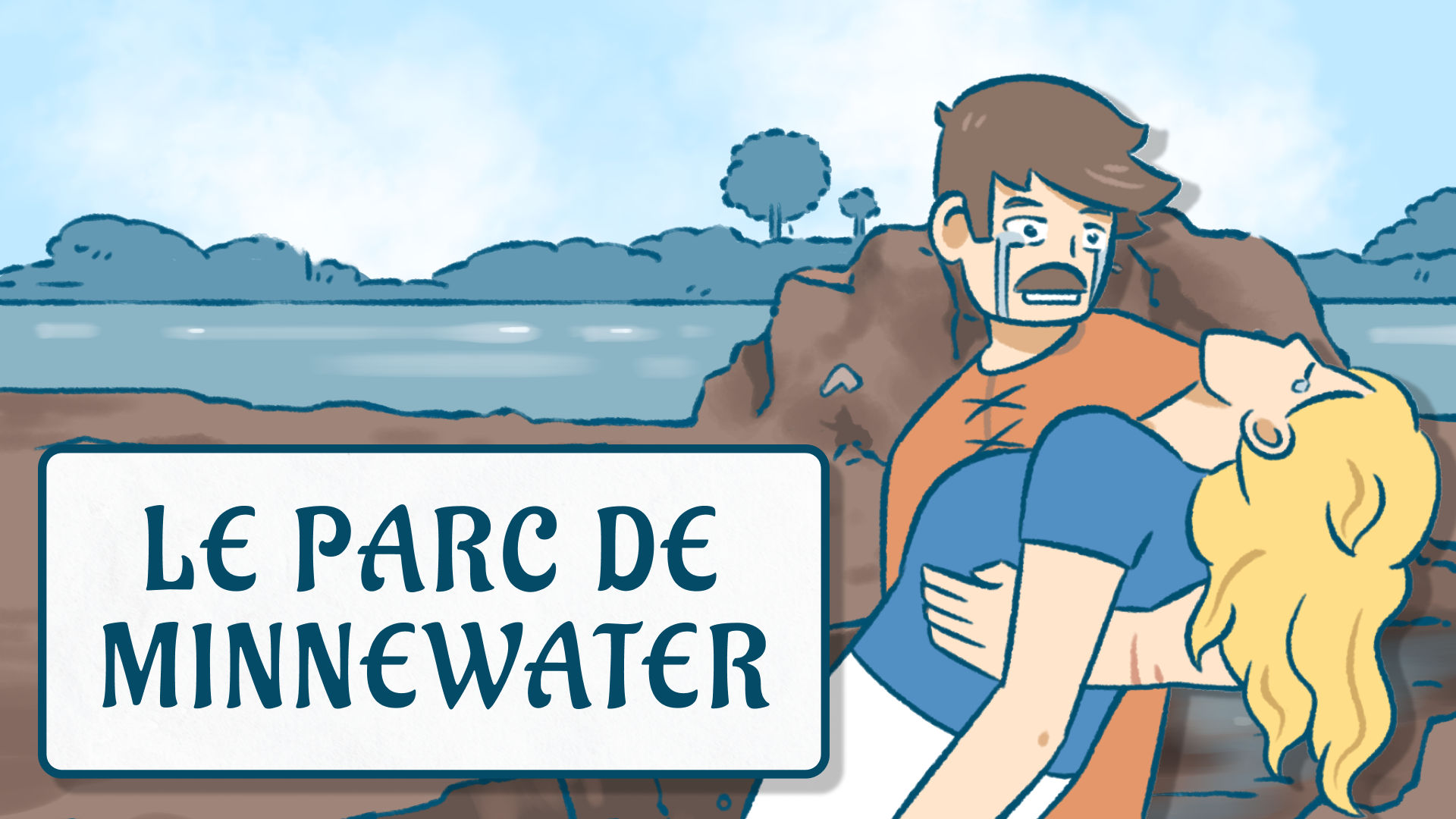




Comments